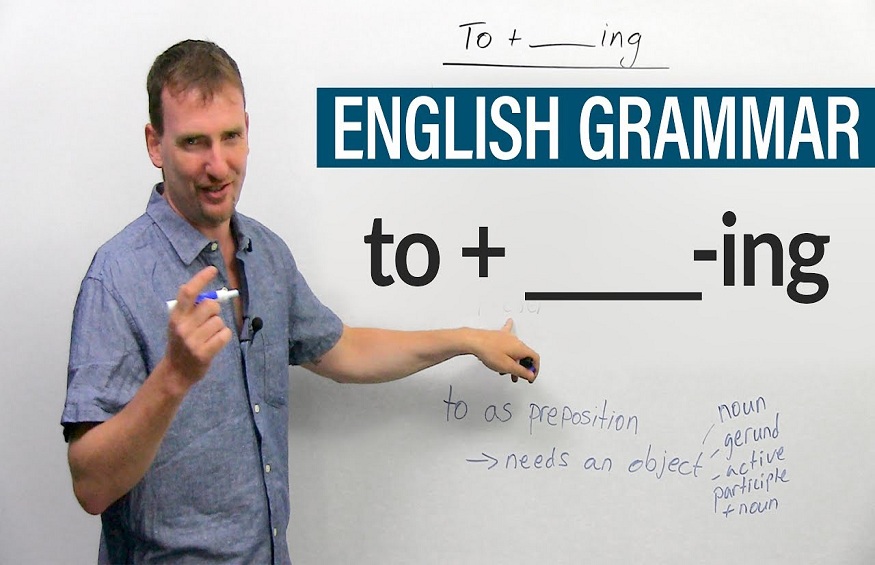Grammar rules help to communicate and construct sentences accurately. Moreover, almost all the guidelines are easy to remember, even if they consist of exclusions. A strong English grammar foundation helps to avoid mistakes even while speaking.
Additionally, learning English grammar basics also improves reading comprehension abilities and creates a strong foundation for intermediate rules. The basics include using active voice, colon, semi-colon, comma, conjunction, etc.
Table of Contents
5 English Grammar Rules to Remember
Use Active Voice
A sentence written in active voice creates a stronger action connection because the subject acts out as a verb. For example, “Mary chased the dog.” In this sentence, chased is the active verb. On the other hand, “the dog was chased by Mary” is a passive voice.
Active voice offers many advantages, such as changing the action to command and making it easier to read English. It also improves comprehension for non-native English readers. The easiest method of remembering to create a sentence in active voice is by sticking to subject, verb, and object formations.
Conjunctions
At times, you require to connect to build two subject, verb, and object combinations. Under such a circumstance, conjunctions like “for, and, nor, but, or, yet, unless and so” prove useful. For example, “ You cannot become a researcher unless you study.”
There are two forms of conjunctions, namely single-word and compound. Single-word conjunctions include “for, and, but, nor, yet, unless, because, so.” On the other hand, compound conjunctions consist of “as well as, as far as, as long as, even if, in order to, so that.”
Comma
Conjunctions help o connect two sentences; however, a comma is punctuation used after introductory phrases, words, clauses that appear before a clause. Often, the introductory words used after a comma include “as, if, while, when, although, after.”
Comma also helps separate independent clauses joined using “yet, so, nor, or, for, but.” Moreover, it helps to separate items enlisted in a group. For example, “We had milkshakes, muffins, and crackers from the cafeteria.”
Almost All Past Tense Verbs Have “-ed.”
Except for irregular verbs, all past tense verbs should have “-ed” connected with them. For example, “Vicky played fetch with Bruno, the dog.” On the other hand, the past tense of “drink” is “drank.”
Therefore, “I drank coffee almost an hour ago” is a correct sentence that doesn’t include “-ed.” However, there are other exceptions to this grammar rule. For example, certain verbs use “-d” instead of “-ed.” For example, “He deliberately moved my bicycle.”
Adverbs and Adjectives
Many people often get confused between adjectives and adverbs. However, the former is used for describing a noun or pronoun. On the other hand, the latter is used for describing adjectives, verbs, and other adverbs.
For example, “He is an exemplary mathematician.” In this, the adjective “exemplary” defines the noun “driver.” On the other hand, another example includes – “He solves mathematics skillfully.” In this, skillfully is an adverb.
Besides these basic English rules, learners should focus on pronunciation, punctuation, and other language aspects. One can enroll for online english grammar classes too.

